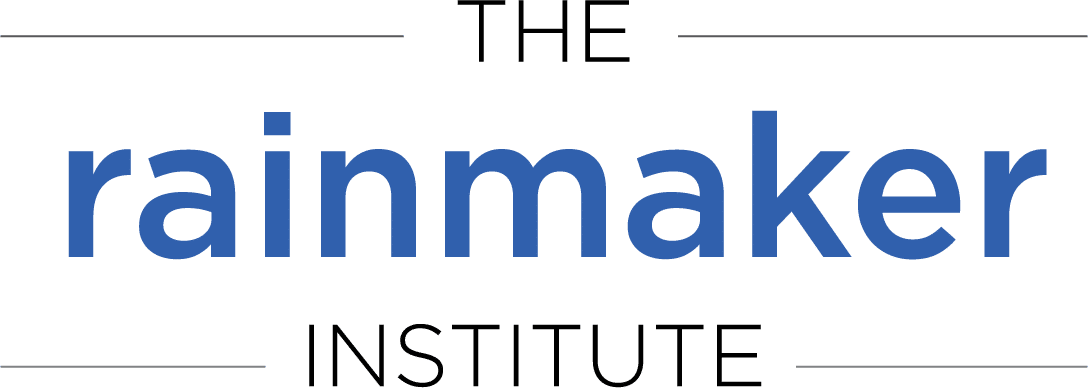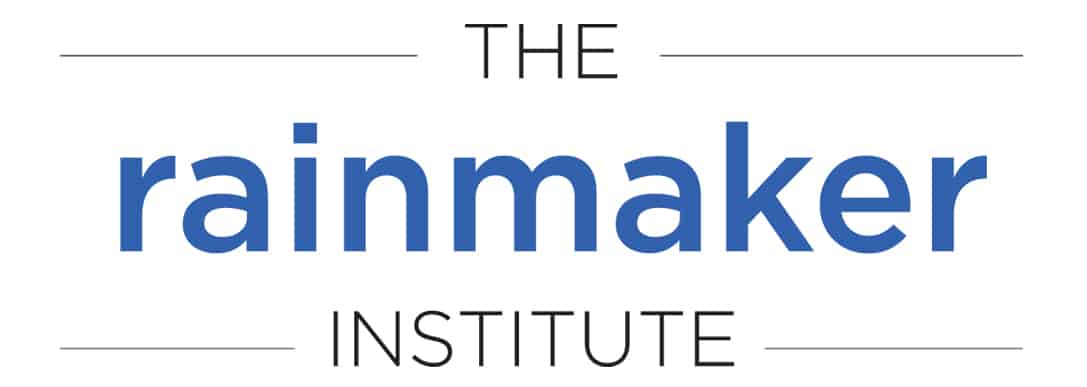Note: This post first ran in September 2017. While I am away for the holidays, I am re-running some of my posts that are timeless in hopes that those of you who may have missed one of them will benefit. Wishing you a peaceful and prosperous 2019!
New clients mean cash flow, the lifeblood of your law firm. Therefore, client acquisition should be your #1 business priority, with nothing left to chance. Unfortunately, too many law firms leave the meaningful steps necessary to actually acquire a new client completely to chance, wasting good leads they’ve paid for and having easily obtainable business walk out the door.
A refined intake system is critical for the survival and growth of any law firm. Here’s a 10-step guide on how to set yours up:
Step 1: Take care of the essentials first and then focus on connecting.
Whenever anyone contacts your law firm, you really only need three essential pieces of information: their name, their phone number and their email address. Once that information is obtained, your intake team needs to focus their attention on connecting with the prospect. Without a connection, there is seldom an appointment.
Step 2: Build trust.
Building trust takes time, so don’t incentivize your intake team to get a caller off the phone as soon as possible. Instead, train them to really listen to the caller’s problems and how to empathize along the way.
Step 3: Ask questions that encourage connection.
Asking prospects open-ended questions that gets them to open up more to you is key to making the connection necessary to take that important next step: booking the appointment. Talking about their problems makes people feel good. Take advantage of that.
Step 4: Train your intake team to listen.
Your goal is not to fill out a form; your goal is to book an appointment. That requires that a prospect trust you enough to take that next step. You build trust through listening. Be sure your intake team does more listening than talking.
Step 5: Train and re-train your people.
Your intake team needs to be trained on every step of the intake process. There is no detail too small to overlook. We have secret-shopped hundreds of law firms and find that many times the intake person doesn’t know the firm’s website address, has to look up the phone number, or fails to correctly answer other common questions prospects ask. In fact, this is so common that we set up our Rainmaker Intake University specifically to train intake personnel on how to connect and book appointments for law firms.
Step 6: Analyze your results on an ongoing basis.
You can’t know whether something is working or not unless you take the time to measure your results. You should be looking at the number of calls you get every day, the number of appointments that are booked, how many of those appointments actually show up, how many prospects sign on with you after your initial meeting, and so on. Every member of your intake team should be assessed on these variables so you can assess their individual performance.
Step 7: Automate the process.
First of all, you need a state-of-the-art phone system that can actually provide you with some critical insight into how your sales process is — or is not — working. Then you need to automate your follow-up, sending emails to confirm appointments, re-book no-shows and get those who didn’t sign after the initial consultation to hire you.
Step 8: Be of help beyond the law.
Getting prospective clients to see you as a single-source solution will earn their trust and their business. Treating clients holistically means you need to have some resources to refer them to that go beyond your law firm. Having names of medical or mental health experts to recommend as well as shelters for victims of domestic violence and other resources makes you the go-to guy or gal for solving a client’s problem.
Step 9: Monitor your team for burnout.
We have all been on the other end of the phone from someone suffering job burnout. It’s a real turn-off, so you need to monitor your intake team for the signs of job burnout before it gets to the point of being a problem.
Step 10: Focus on the connection, not closing.
Too often we find that intake personnel are so focused on closing the sale they neglect to form a connection with a prospect — one that eventually becomes a former prospect. Client relationships are built on trust, and there is no trust without a true connection to that prospect’s pain.




